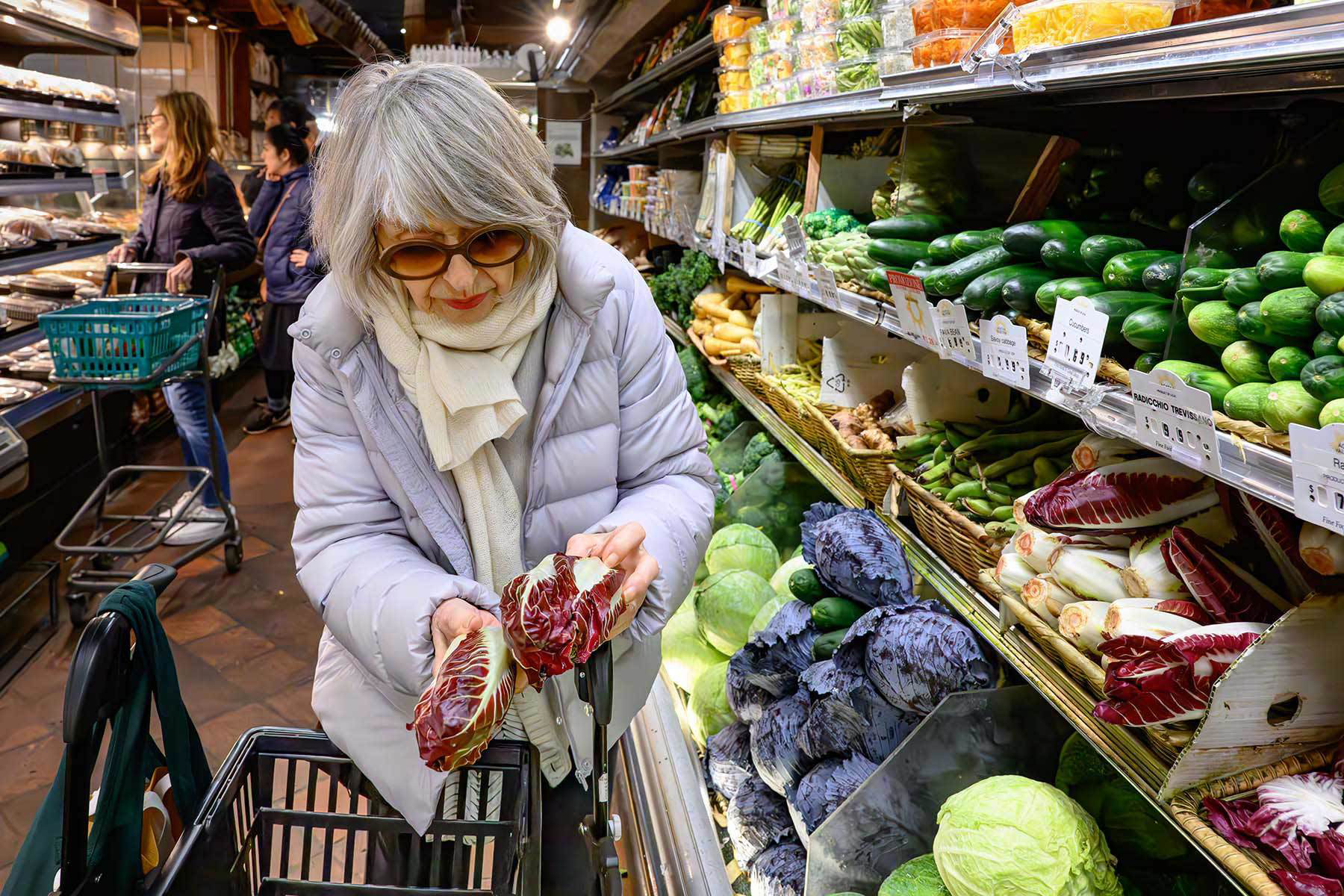The USDA Single Family Housing Repair Loans and Grants Program helps low-income homeowners fix and improve their homes. This program is also called the Section 504 Home Repair Program or the Home Repair Program. It is run by the U.S. Department of Agriculture (USDA) Rural Housing Service.
You may be able to receive a grant or low-interest loan if you are a qualifying homeowner in a rural area. The money you get can be used to repair or renovate your home or remove hazards.
How does the Home Repair Program work?
This program helps older adults stay in their homes longer by fixing safety issues and keeping homes in good shape. It also supports stronger communities.
For those who qualify, the Home Repair Program offers:
- Low-interest loans: You can borrow up to $40,000 and pay it back over 20 years with 1% interest. No down payment is needed. If you borrow more than $25,000, extra paperwork is required. This loan can be used to repair, update, or make your home safer. You can get more than one loan over time.
- Grants: You can get up to $10,000 to remove safety hazards or make your home easier to use. This may include fixing a heating system, adding a walk-in tub, or installing handrails. You don’t have to pay this money back unless you sell your home within three years. You can only get one grant during your lifetime.
If you can pay back some, but not all, of the money, you may qualify for a loan and grant combo (up to $50,000 total).
What can Home Repair Program grants and loans be used for?
There are different rules for how this money can be used, depending on whether you get a grant or a loan:
- Loans: You can use loan money to fix home problems like a leaky roof or a broken boiler. You can also use it to improve your home, like adding a new bedroom or upgrading your kitchen or bathroom.
- Grants: Grant money is to fix health and safety dangers in the home, like sealing drafty windows or repairing dangerous wiring. It can also be used for projects that make your home safer for people with disabilities, like adding a wheelchair ramp. Grants cannot be used for home upgrades or renovations.
Who can get help from the Home Repair Program?
This grant and loan program helps people who already own a single-family home. To qualify, you must:
- Be a U.S. citizen or permanent resident
- Own and live in the home (and have proof of ownership)
- Have a very low income (based on your county’s rules)
- Not qualify for other affordable loans
- Live in a rural area that qualifies for the program
If you are interested in getting a grant, you must be age 62 or older and be unable to pay back a loan.
For the loan program, there is no age restriction. You will need to pass a credit check to show you can meet the loan repayment terms. Loans and grants can be combined.
For both the grant and loan programs, there are income limits you must meet. These limits depend on where you live. You can only get a loan or grant for the home you live in. You cannot use this program for other property you may own, like a rental or vacation home. Your state may have more rules based on state and local regulations.
To find out if your property is located in an eligible rural area, visit the USDA Income and Property Eligibility website and search for your address.
How can I get help from this program?
To learn more about this program, call your local Rural Development service center and speak to a USDA home loan specialist. They can tell you if you meet the program guidelines and explain other requirements.
Applications for the Home Repair Program are accepted year-round as long as funding is available. These applications are processed in the order they are received. Approval time for grants and loans depends on the availability of funds in your area.

 Share to Facebook
Share to Facebook  Share to X
Share to X  Share to LinkedIn
Share to LinkedIn  Share to Email
Share to Email 